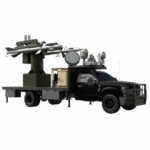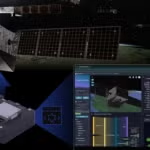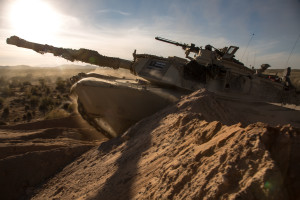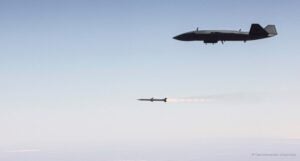
Marking a major expansion in the Defense Department’s premier effort to create greater battlespace awareness in near-real-time for its theater commands and key staff, the Chief Digital and Artificial Office (CDAO) awarded Palantir Technologies [PLTR] a potential $480 million contract to quickly transition the Maven Smart System (MSS) program from the prototype phase to production. The five-year contract was announced Wednesday evening and the initial task order is for $153 million to expand the MSS software licenses from hundreds of…

 By
By 











